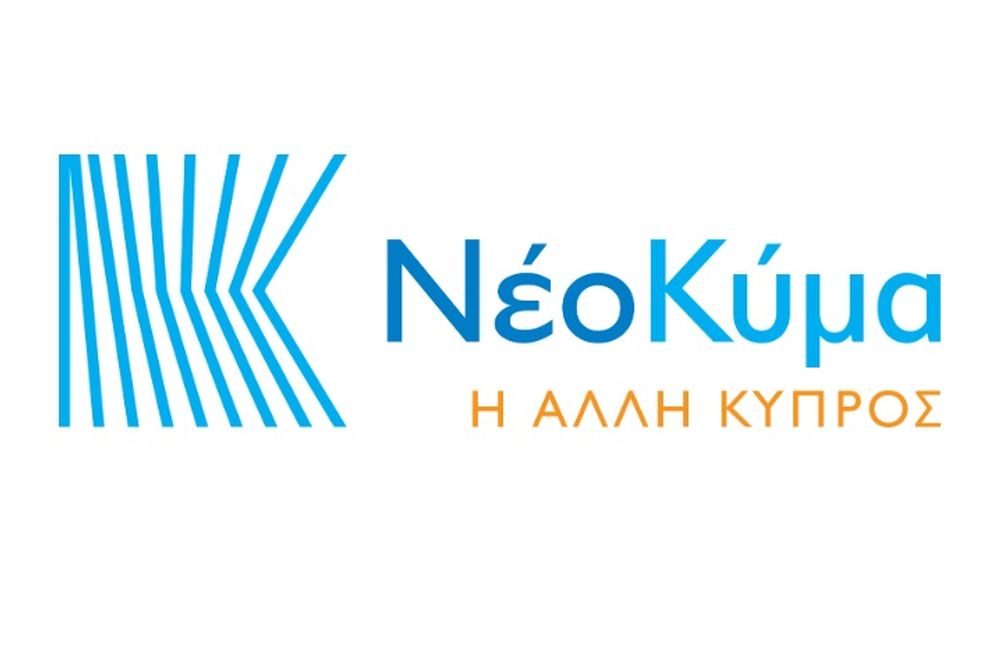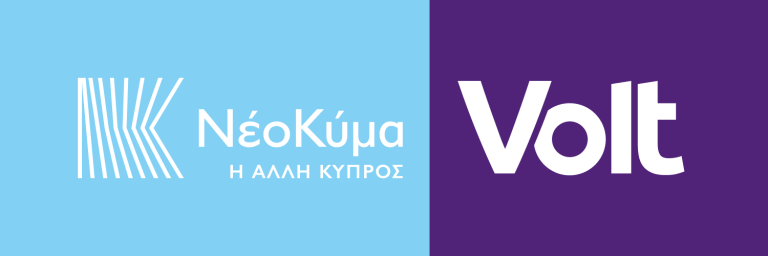
Innovation fatigue, innovation deficits and lack of innovation – these descriptions of the innovation capacity of national economies have been circulating in the media for several years.
According to policy analyst John Kingdon, the implementation of a policy innovation happens once a window of opportunity for policy change becomes available. For a window of opportunity to form, three streams must be present: a problem stream, a policy stream and a politics stream. First, the problem stream refers to the moment when a policy issue requires attention. Second, the policy stream refers to the moment a solution to the problem is available. Third, the politics stream refers to situations when both motivation and resources to solve a problem are available.
A ‘bat flapping its wings’ in China disrupted the global innovation ecosystem, revealing the fragility of communities, business models and risk management plans across 5 continents and 215 nations. Coronavirus crisis has also revealed the need to develop a new protocol for innovation resilience; the world needs to change the way it innovates. There is a window of opportunity for redefining innovation resilience before the next crisis erupts.
In today’s dynamic, nonlinear environment, organizations cannot tackle asymmetric challenges effectively with the traditional techniques, static tools and linear models developed for the ecosystems of past decades. In the age of black swans –characterized by asymmetries, complexity, fluidity, uncertainty, extreme interconnectivity and catastrophic risks– new cross-cutting tools, polyparametric methods and holistic, multi-domain approaches are needed.
The new dynamic Innovation Model I have developed, among other lists the properties and features that need to be embedded in the innovation process in order to boost resilience. The redefined goals of resilience can be coded as follows:
1. Expand creativity by combining factors, attributes and distinctive capabilities from the four basic types of innovation: product, process, organizational and communication. This combinatorial strategy: a) Increases the possibility of achieving innovative outcomes and b) discovers and exploits positive asymmetries (convexities) in order to generate transformational, disruptive innovations that produce exponential multiplicative benefits and advantages.
2. Use Conceptual Metaphor as a creative technique for extending the meaning, the reproduction of knowledge and the transfer of innovations in new contexts and different domains. As Mihaly Csikszentmihalyi notes: «Some of the most important discoveries emerge when an idea that works well in one domain is transplanted in another domain».
3. Decrease fragility. Embed Antifragility –a concept developed by Nassim Taleb– in the innovation process. Resilience depends on the ability of an innovation to harness Antifragility. An organization is ‘antifragile’ when it has the ability to: a) Modify its exposure accordingly in order to exploit positive asymmetries (opportunities) and avoid negative asymmetries (dangers) and b) use uncertainty, chaos, variability, fluidity, entropy, stressors, disorder, randomness and time as raw material for the production of new innovations.
4. Improve the decision-making process; human intuition is insufficient in situations characterized by uncertainty. The study of human judgment was transformed in the 1970s, when Kahneman and Tversky introduced their “heuristics and biases” approach and challenged the dominance of strictly rational models. Their work highlighted the reflexive mental operations used to make complex problems manageable, and illuminated how the same processes can lead both to accurate and to dangerously flawed judgments.
5. Early detection of dangers. The key is to discern the first signs of the phenomenon and turn a black swan into a grey swan in order to be prepared. The aim is to avoid the danger and/or decrease the risk and lessen the consequences.
This pioneering, cross-cutting tool can prove useful in:
1. Guiding organizations to innovate under conditions of extreme uncertainty and to be better prepared to tackle the polymorphic challenges the world faces today: pandemics, environmental catastrophes, economic crises, migration crises, severe geopolitical disturbances etc. Since the end of World War II, we had at least 11 major periods of recession. As long as asymmetric dangers are tackled with linear models –as in the case of the coronavirus crisis– the catastrophic vicious cycle ‘from crisis to crisis’ will continue and the next black swan will wipe everything out once again.
2. Maximizing the scientific, economic and social impact of innovation.
3. Strengthening competitiveness and employment and accelerate recovery from the coronavirus induced-recession.
4. Enhancing creativity and innovation capability in the public sector, businesses, the military and education (teachers and students).
5. Practically all domains and at all levels, scales and sizes: Public Services, Local Government, Businesses (startups and large corporations), Banks, Fintech and Regtech, Cybersecurity, Blockchain, Quality Management, Standardization, Digital Transformation, Circular Economy, Creative Industries, Social Innovation and Social Entrepreneurship, Tourist Industry, Health products and services, Education, Scientific Research (transforming data into intelligent information), Horizon Europe, European Green Deal, Economic Diplomacy, National Security Strategy, Crisis Management, Nation Branding, Political Marketing etc.
At present, most innovation projects / proposals are evaluated using three basic criteria: a) Excellence, b) impact and quality and c) efficiency and implementation. It’s imperative that a fourth basic evaluation parameter is also included: Resilience. Furthermore, the critical factor of resilience should be a standard, built-in feature in the design of crisis management plans and the assessment of: a) Public investment and b) loans.
Today the innovation discourse misses what makes the nonlinear world go round. Asymmetry is the only game in town in the post Covid-19 era. The new role of innovation resilience is to capture positive black swans, turn black swans into grey swans and to be better prepared to tackle negative black swans. Innovation needs to mutate if it is to perform –and not sink– in the ‘Swan Lake’.
How important is the resilience factor? Just for the ongoing coronavirus pandemic, the lack of innovation resilience will cause millions of deaths and tens of trillions of euros in losses globally.
The new Innovation Model described very briefly above is presented analytically in a 190-page Guide I have prepared.
*Nicos G. Sykas
Strategy, Communications & Innovation Consultant


